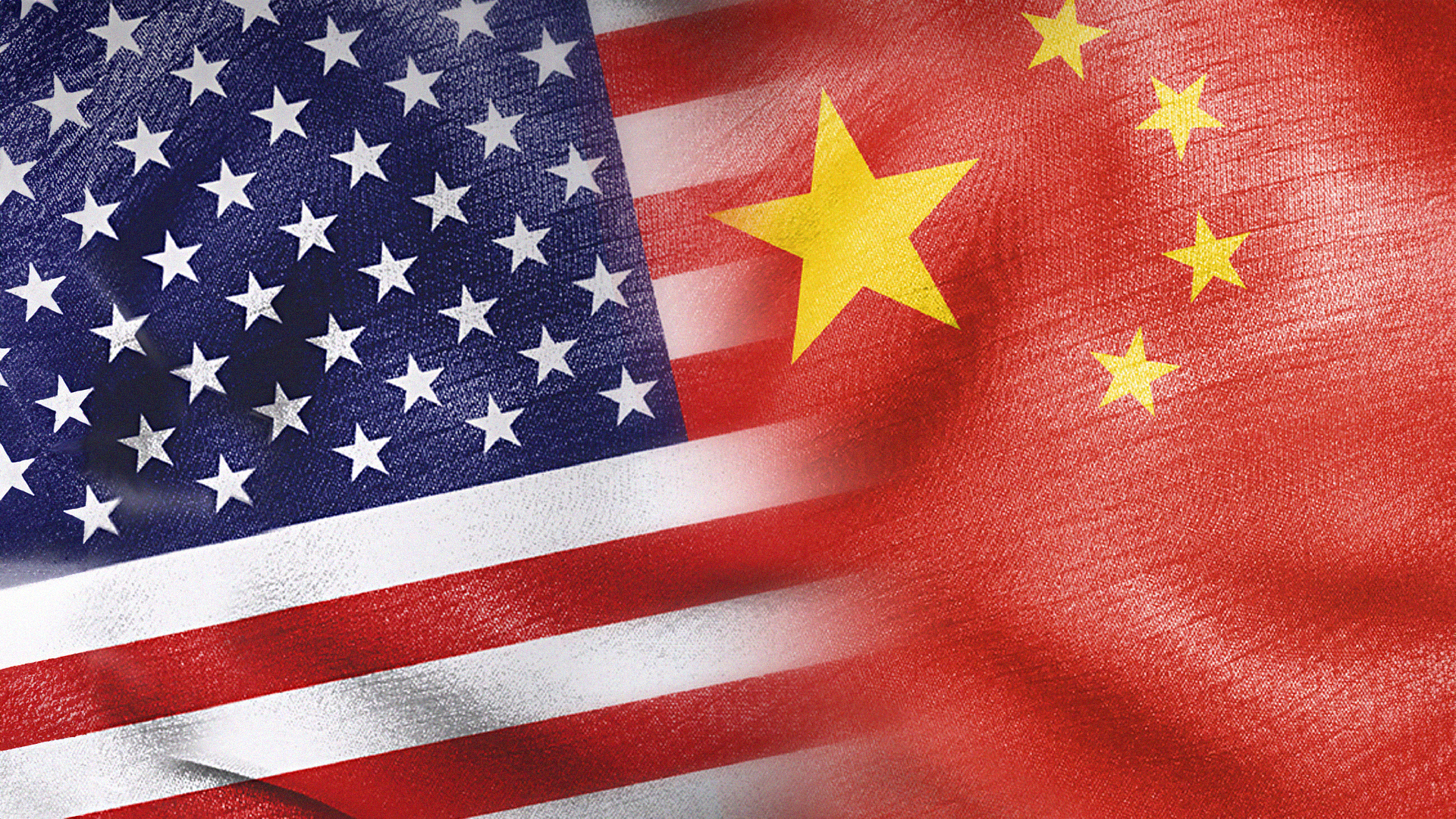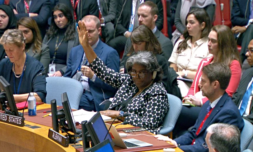As the world’s two largest economies and major global powers, the U.S. and China’s interactions have intrinsically influenced the trajectory of international relations. But what exactly does their relationship entail?
The relationship between the United States and China is complex and multifaceted with both among the most influential economic and military powers.
Rooted in a competition that spans a range of domains, both nations continually vie for strategic advantages and global leadership.
The US-China bond is marked by diplomatic tensions, trade disputes, and technological rivalry, with each side seeking to assert its interests and influence on the world stage.
The ongoing dynamic between these two giants underscores the intricate challenges and strategic calculations that define the modern geopolitical landscape.
Let’s take a look at the primary elements which define their relationship.
Trade
The economic ties between the US and China represent a critical aspect of the global economic landscape. In 2022, total US-China goods trade reached $758.4 billion, with exports from the US to China totaling $195.5 billion and reverse imports equal to $562.9 billion.
Over the years, both nations have engaged in negotiations to address trade issues and promote a more balanced economic relationship. Trade agreements, such as the US-China Phase One trade deal signed in January 2020, have been indicative of collaborative efforts to resolve specific trade concerns.
Additionally, the World Trade Organization (WTO) has provided a platform for the pair to discuss trade policies and dispute resolutions within the framework of international trade rules.
China has historically been a significant exporter to the US, contributing to trade imbalances that have sparked tensions over issues over issues such as intellectual property protection, market access barriers, and technology transfer.
In recent years, the US government has taken a number of steps to address the trade deficit with China, including imposing tariffs on Chinese goods – which hasn’t exactly stemmed any bad feeling and has raised concerns over a possible trade war.
Climate
As the largest contributors to greenhouse gas emissions, both nations have recognized (or at least paid lip service to) the urgent need for climate action and have played pivotal roles in climate diplomacy.
Notable moments include a joint statement between the two that was issued in 2014 where both reaffirmed their commitment to the Paris Agreement. They also pledged to promote clean energy technologies, enhance climate resilience, and support developing countries in their efforts to address climate change.
However, climate cooperation is also influenced by geopolitical tensions and competition between the two nations. Trade disputes and political differences occasionally spill over into climate discussions, impacting the appetite for cooperation.
Both nations have also been known to compete for leadership in the global clean energy market, in which the US has been a leader in developing wind and solar power, while China has made significant investments in battery technology and electric vehicles.
Security
In the realm of security, the US and China are competing for leadership in Asia, where both have significant military and economic interests. The US has a long-standing alliance system in




















